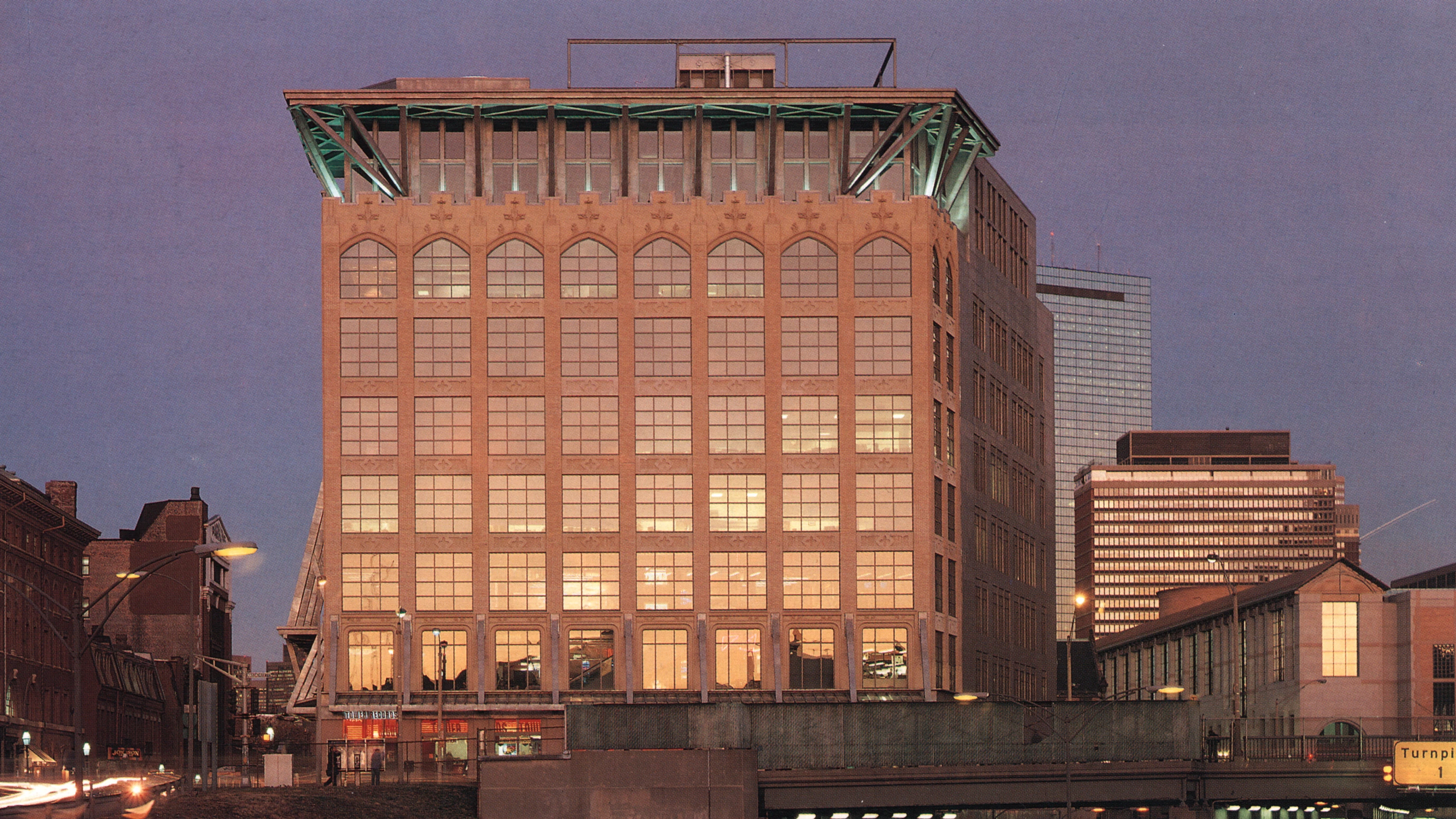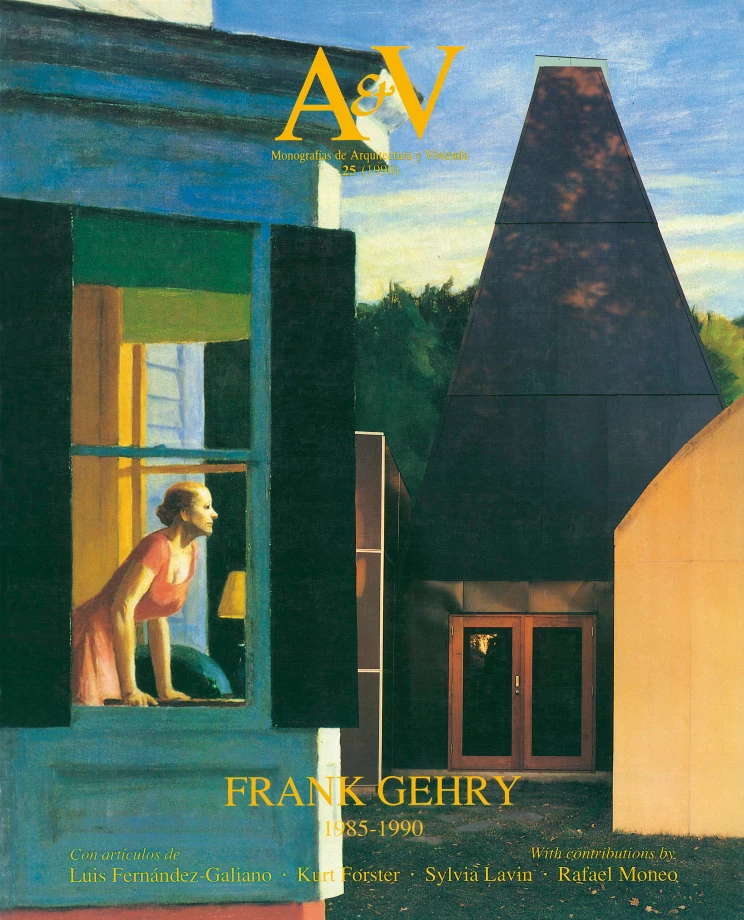
360 Newbury Street Building Expansion, Boston, Massachusetts, 1985-1988
It is difficult to talk about Frank Gehry without immediately mentioning his city, Los Angeles. In the background of Gehry's architecture is his response to the great Californian city, the desire to survive in that amazing maelstrom: an architect cannot remain indifferent to a city that questions many of the disciplinary principles. Gehry was soon captivated by the uniqueness of Los Angeles and made it his city.
Los Angeles is, above all, the expression of mobility, converted into a category that exalts the rights and freedoms of the individual. The automobile propitiates such mobility and is presented to us as the last physical redoubt of the individual, assuming the condition of a protective shield that allows him to exercise his rights and liberties. The city reflects this preponderant presence of the automobile and as a result we are offered an image of it in which the road works prevail visually, dominating a topography that is hidden under the infinite mantle of single-family houses that proclaim the diversity of those who occupy them...[+]






